Fun for all the family: colourful shots of Butlin’s in the ’80s
- Text by Huck
- Photography by Barry Lewis

Billy Butlin launched his eponymous package holiday empire back in the 1930s, opening his first camp in Ingoldmells, Skegness. His idea for Butlin’s was simple: fun for all the family, in one place, whatever the weather.
By 1966, there were ten camps in total – including one in Ireland and the Bahamas. It was that summer that Barry Lewis bagged himself a job as an assistant cook at the Bognor Regis site, on Britain’s south coast. He was 17 years old – due to start university that autumn – and it would mark his first time living away from home.
“Our family holidays had usually been spent in smaller, cheaper holiday camps – but Butlin’s was another world,” he remembers. “A huge bustling village of 10,000 people all determined to have fun. It was loud and raucous, with everything an exaggerated assault to the senses. Six days a week, I would start at 7am, serving some of the 5,000 full English breakfasts to the campers – after a full English hangover.”
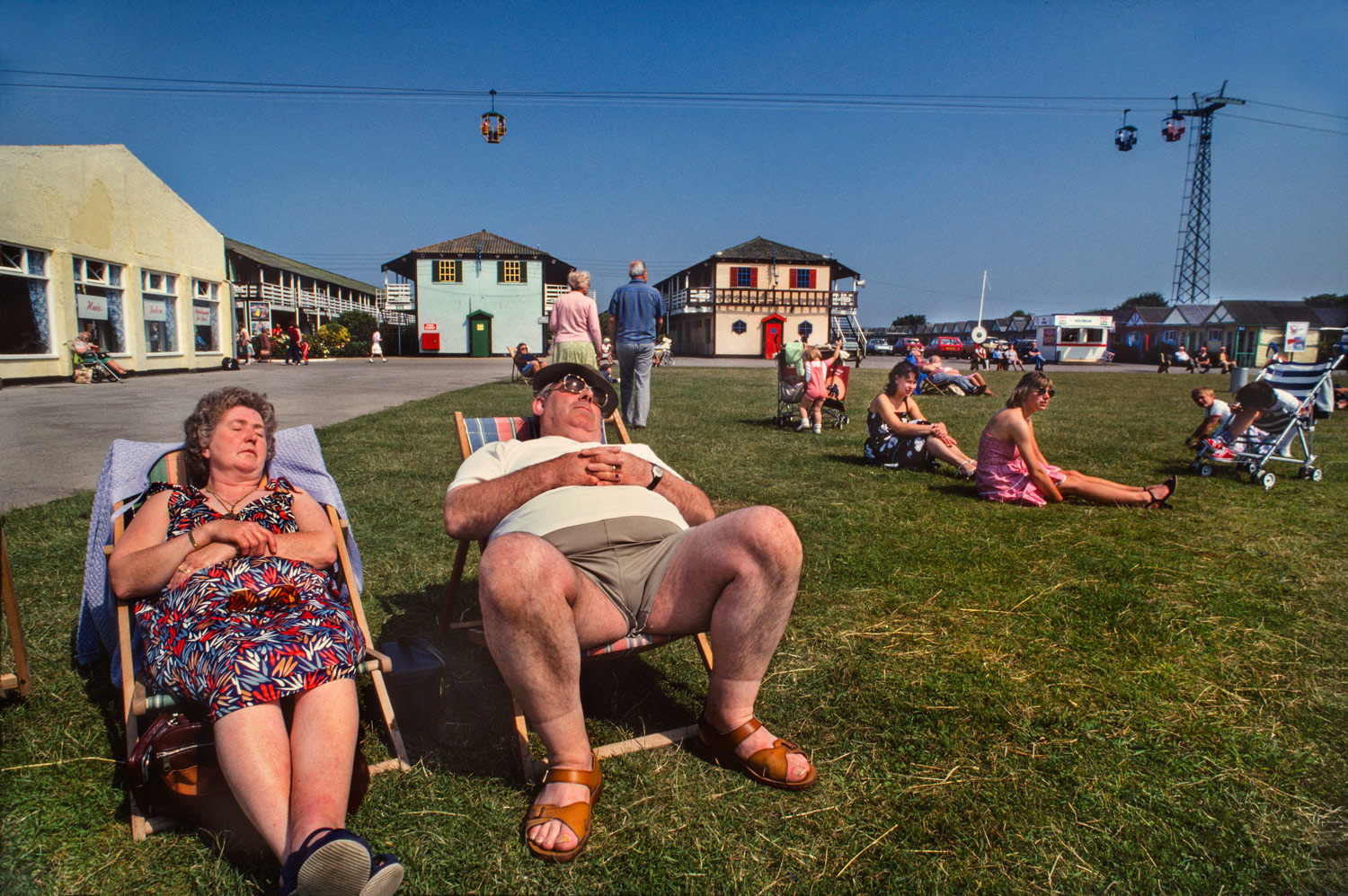 The summer he spent there wasn’t exactly a relaxing one, which was fine by him. “I wanted to escape from my family,” he continues. “To live independently, and, to be honest, to fall in love – or at least get laid!” When he eventually returned home and completed his studies, he found work as a scientist, inventor and then a chemistry teacher. However, after growing disillusioned with the teaching profession, he made the jump into photography – which had long been a hobby – after a “fortuitous series of events” earned him a place at the RCA under the tutorship of Bill Brandt.
The summer he spent there wasn’t exactly a relaxing one, which was fine by him. “I wanted to escape from my family,” he continues. “To live independently, and, to be honest, to fall in love – or at least get laid!” When he eventually returned home and completed his studies, he found work as a scientist, inventor and then a chemistry teacher. However, after growing disillusioned with the teaching profession, he made the jump into photography – which had long been a hobby – after a “fortuitous series of events” earned him a place at the RCA under the tutorship of Bill Brandt.
By 1982, Lewis had worked for the likes of Vogue and founded Network Photographers. While he was flying, though, Butlin’s had seen better days: cheap foreign travel and bad British weather meant that Billy Butlins’ original vision was under threat. But when Lewis was offered an assignment which would see him shooting at the original Skegness camp, he jumped at the chance. “16 years later, married with a child, I had the opportunity to return to my field of dreams thanks to the Observer Magazine, as a photographer with a writer friend, to explore in detail ‘The Butlin’s experience.’”
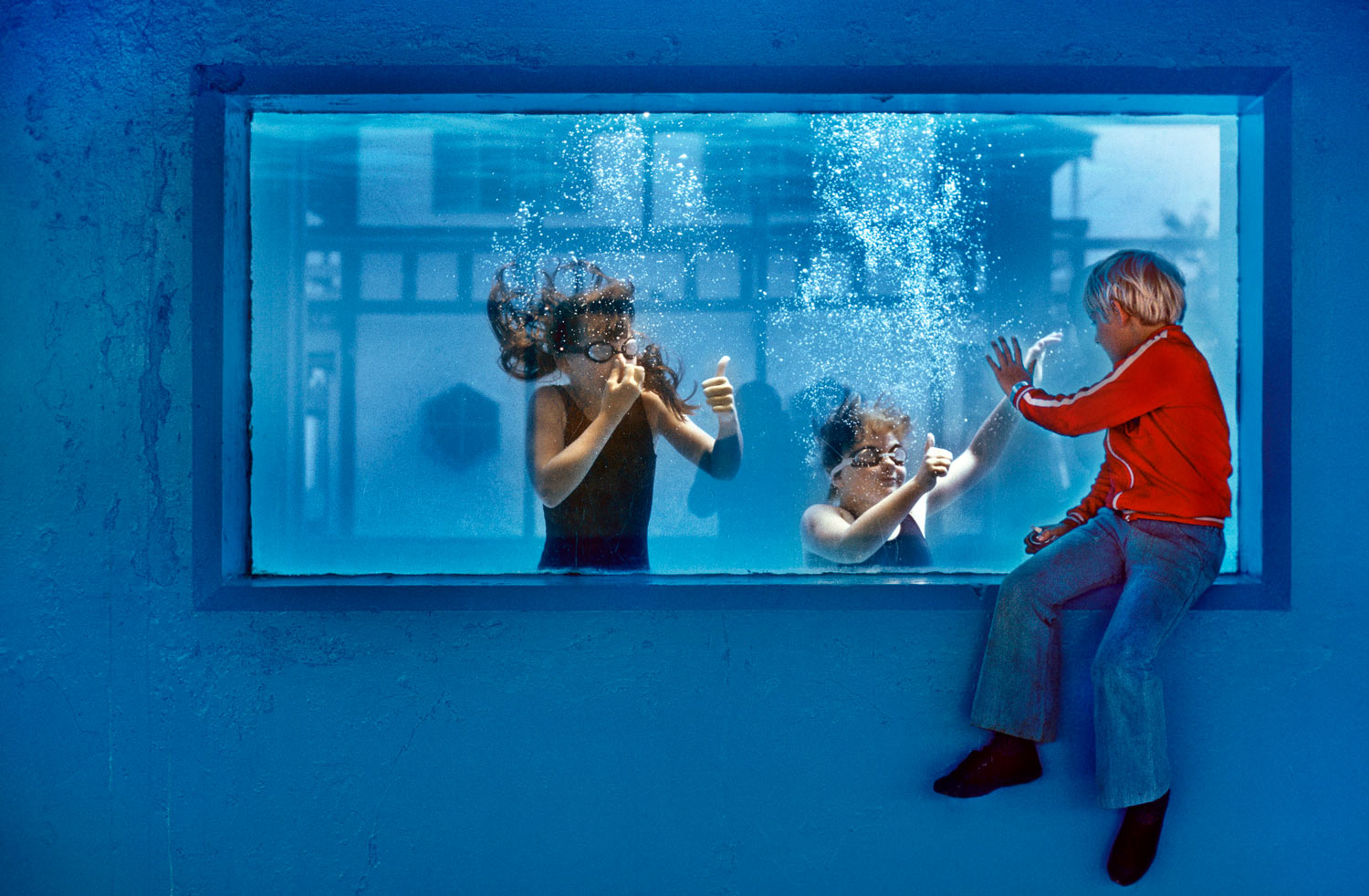
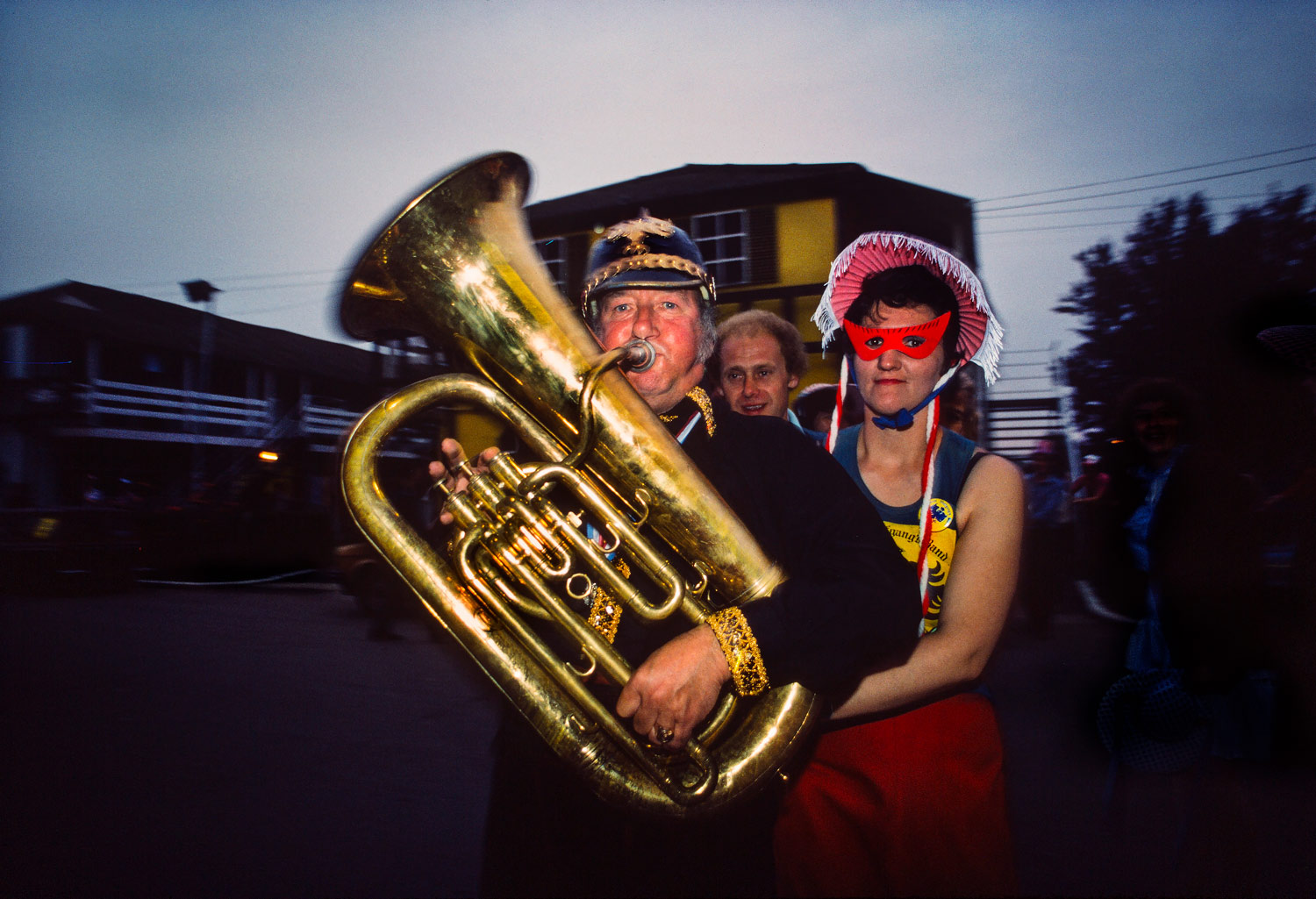 Today, those images come together to form Butlins Holiday Camp 1982. The book, published by Hoxton Mini Press, collates the photographs he took on his return trip, depicting a place that, although it had seen better days, still refused to go quietly. “The show went on, propelled by the constant effort and good humour of the staff – whatever the weather!” Lewis says. “To understand Butlin’s at that time you have to realise it was like being in a space capsule… Holidaymakers seldom ever left the camp, and why would they? All their needs were met, time stood still and everyone was quickly caught up in the exhausting job of having fun.”
Today, those images come together to form Butlins Holiday Camp 1982. The book, published by Hoxton Mini Press, collates the photographs he took on his return trip, depicting a place that, although it had seen better days, still refused to go quietly. “The show went on, propelled by the constant effort and good humour of the staff – whatever the weather!” Lewis says. “To understand Butlin’s at that time you have to realise it was like being in a space capsule… Holidaymakers seldom ever left the camp, and why would they? All their needs were met, time stood still and everyone was quickly caught up in the exhausting job of having fun.”
For Lewis, who’s in his 70s now, looking back at the photos he took provides a way of remembering his younger life. Today, he views the golden years of Butlin’s as a “vanished age”, one that his kids and grandkids will never know, for better or worse. The warmth in his shots – of beaming Redcoats, sun-kissed families, boozy gaggles of mates – makes it clear how he feels about the place. Because whatever happens, he’ll always have that summer in ’66.
“Time and news loses any meaning in Butlin’s – it is a continuous Groundhog Day,” he says. “I’m not dissing it! Anyone who has had a holiday at the camps will understand what I mean – it’s a Marmite experience. You either enter all the competitions, let go, make lifelong friends, drink and dance until you fall over and, with a bit of luck, fall in love. Or, you shiver in a poorly-heated chalet with the north wind whistling around your ankles, crying into a warm beer and wishing you were home!”
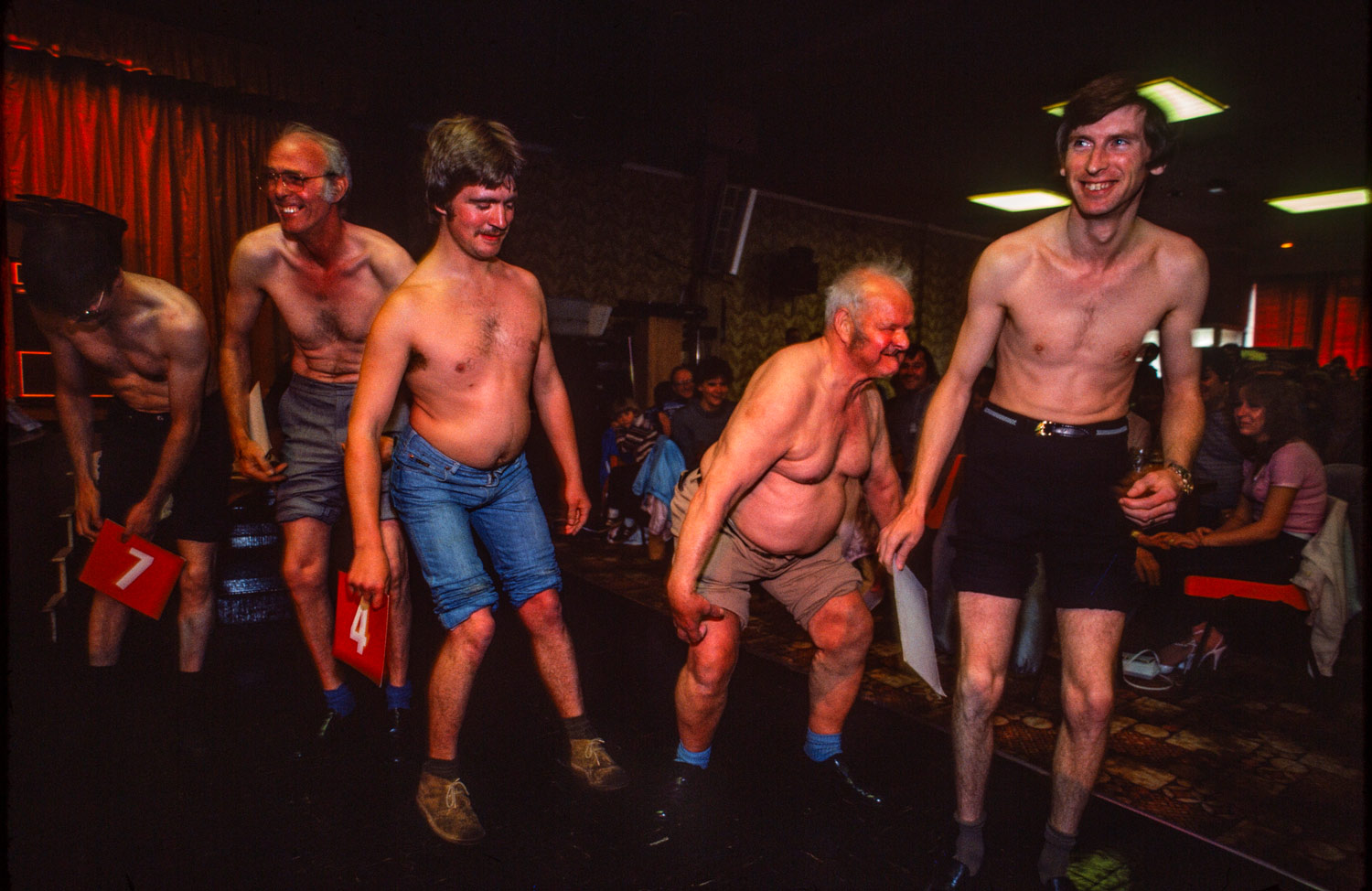
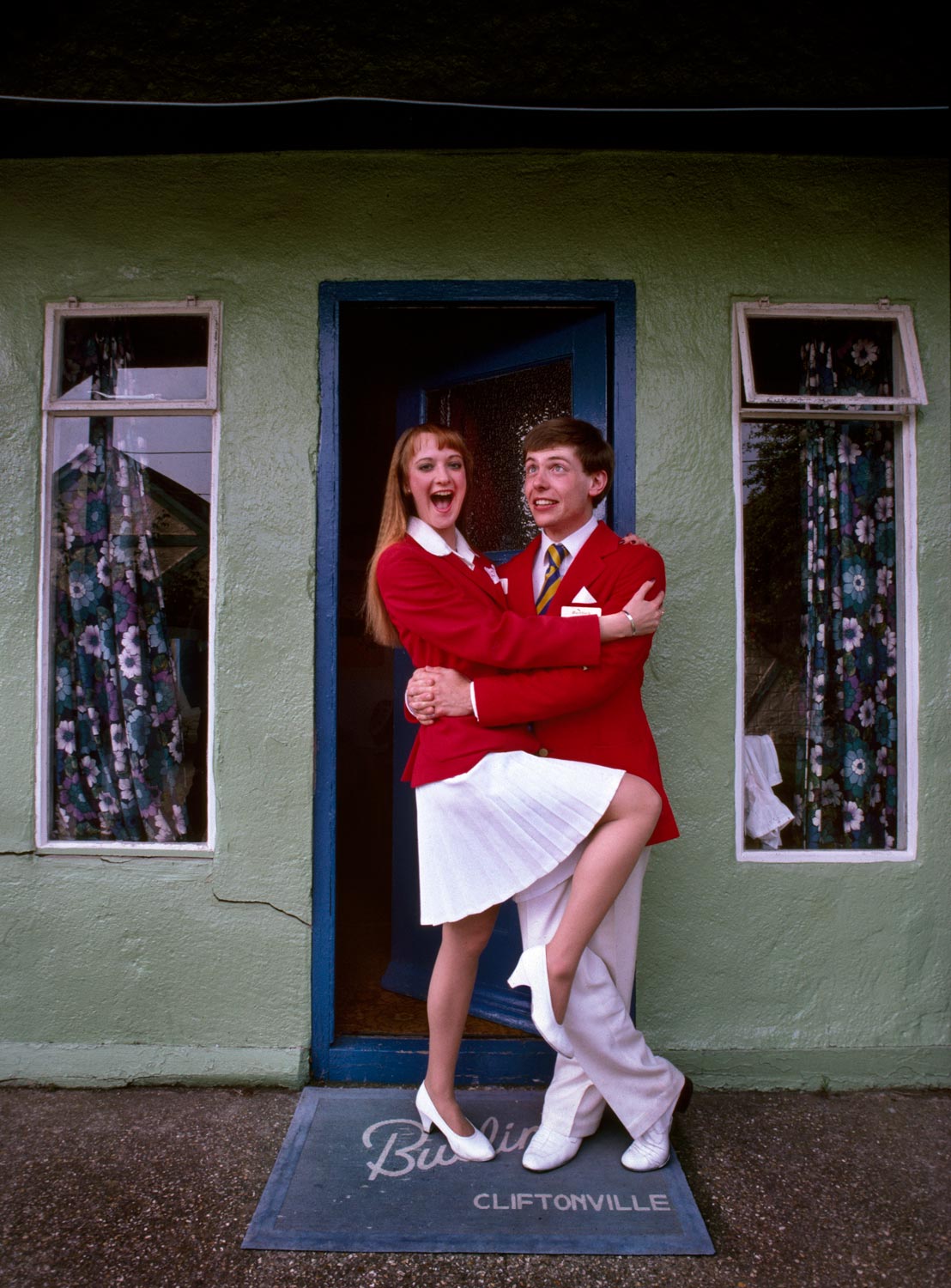
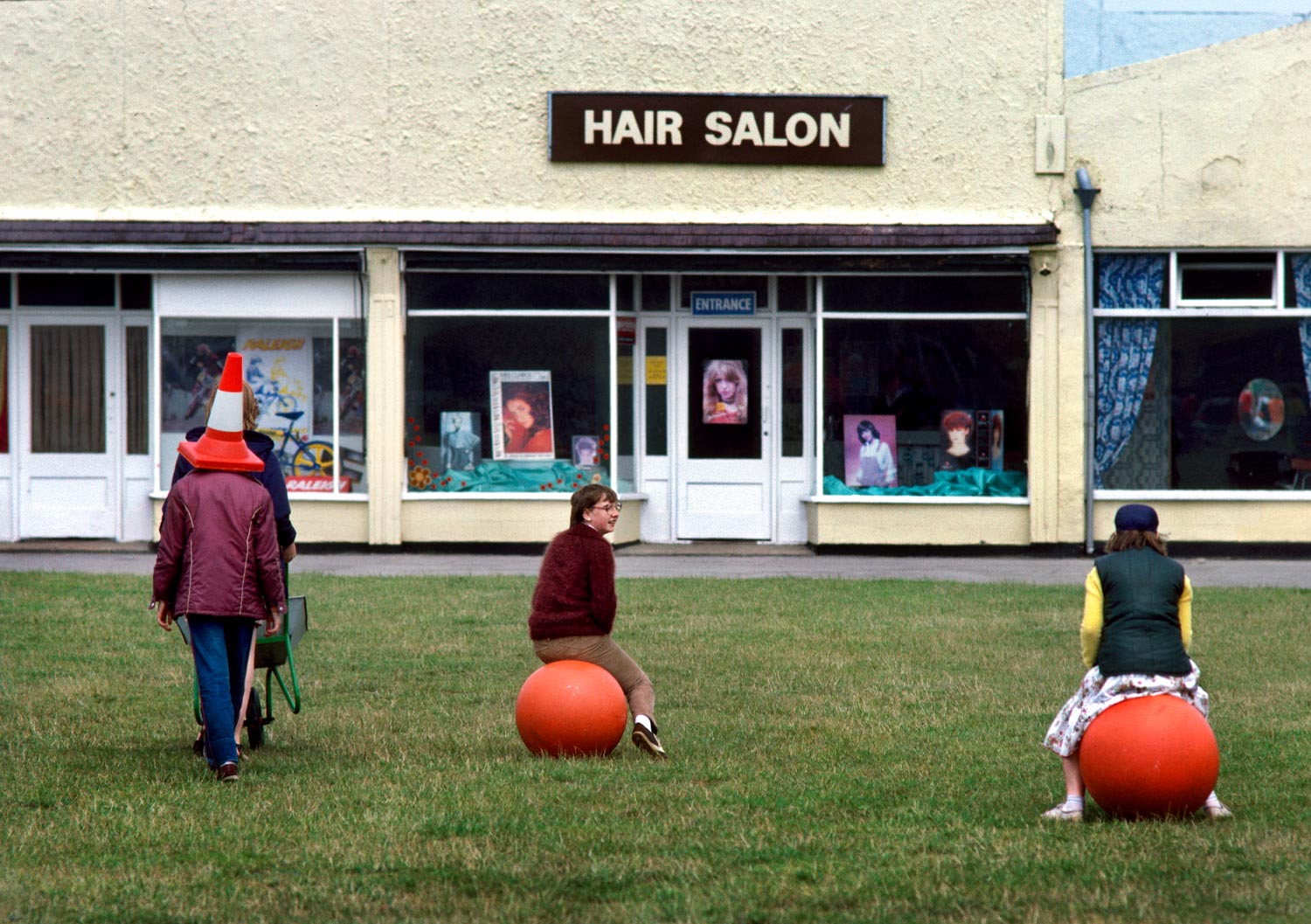
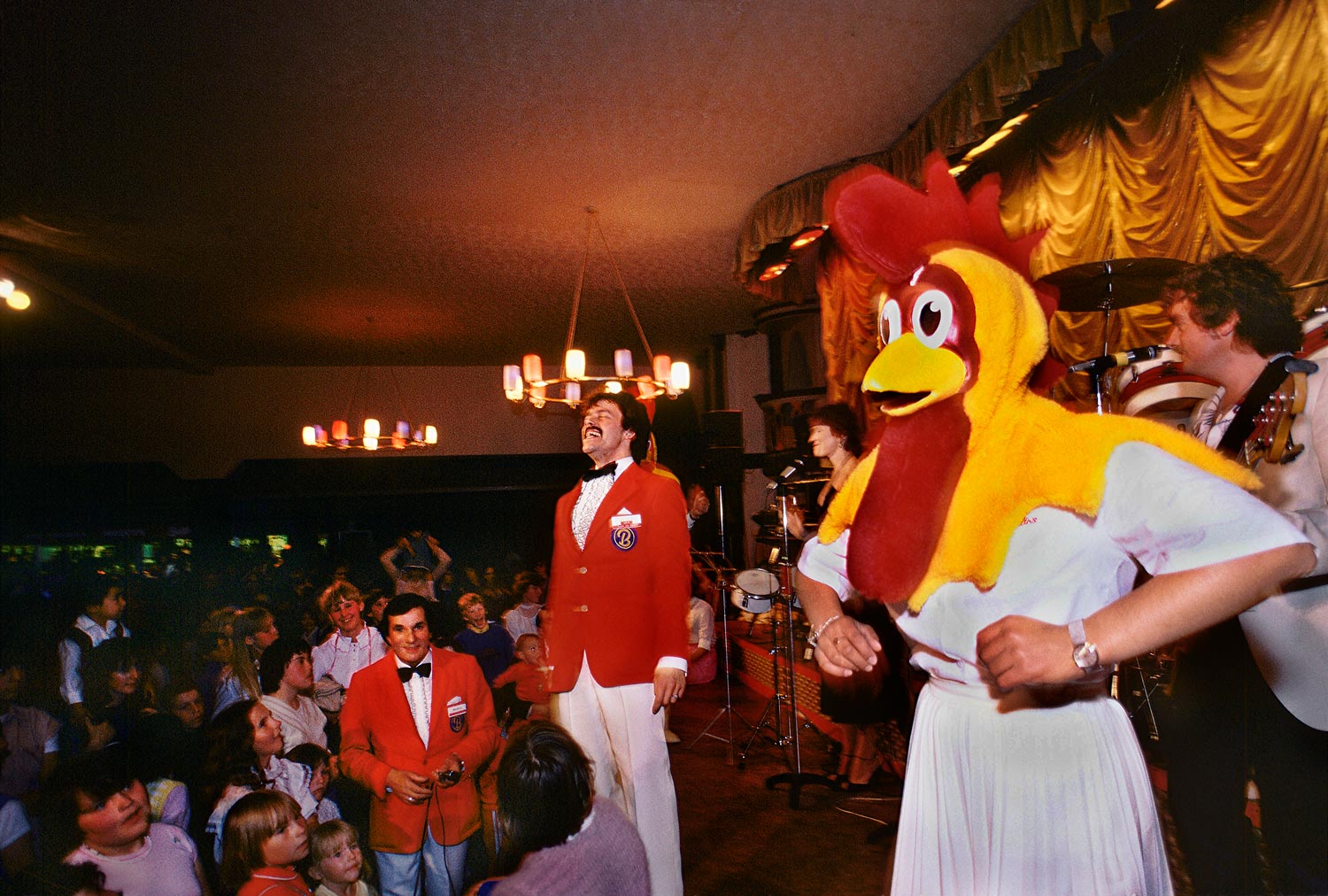
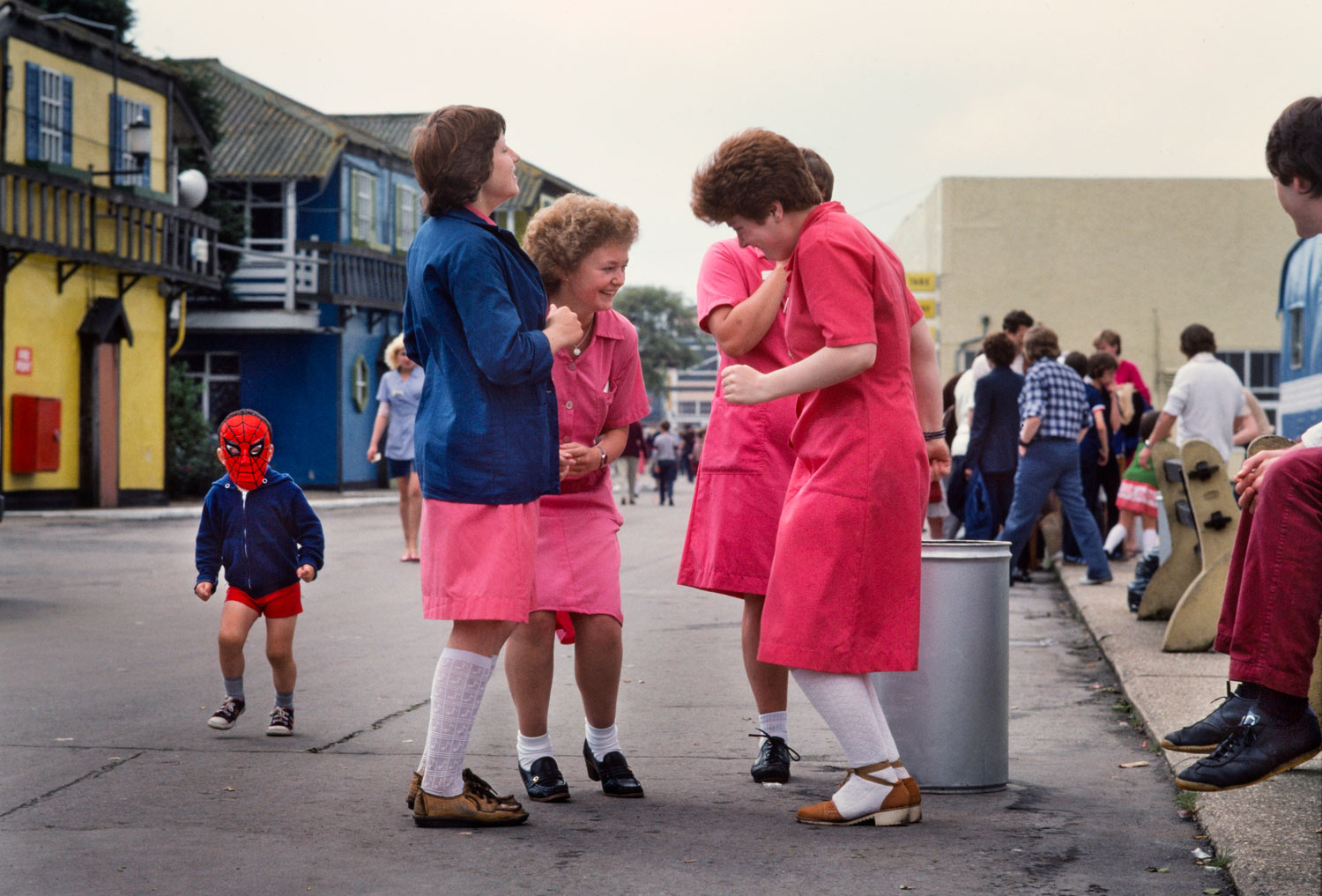
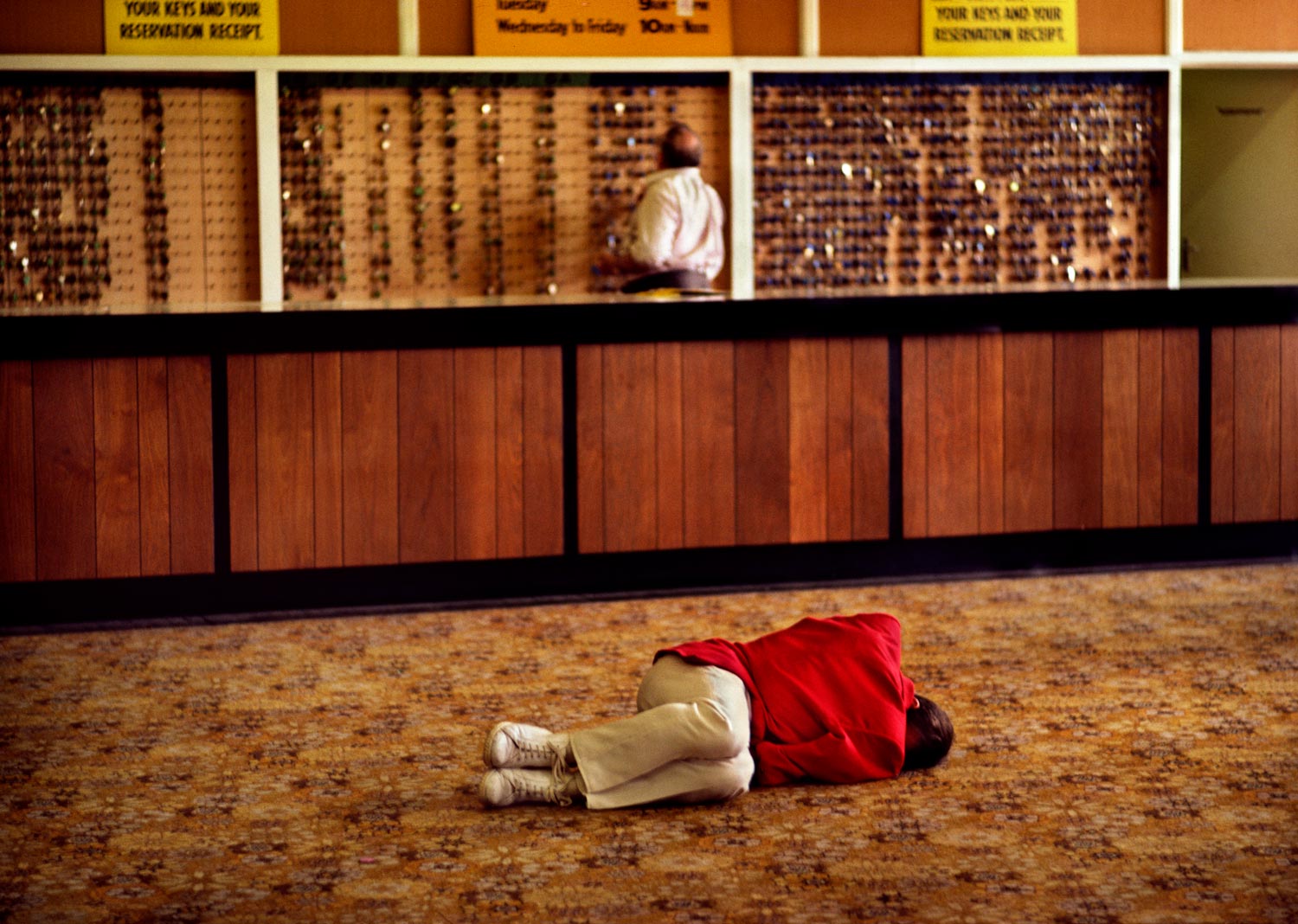
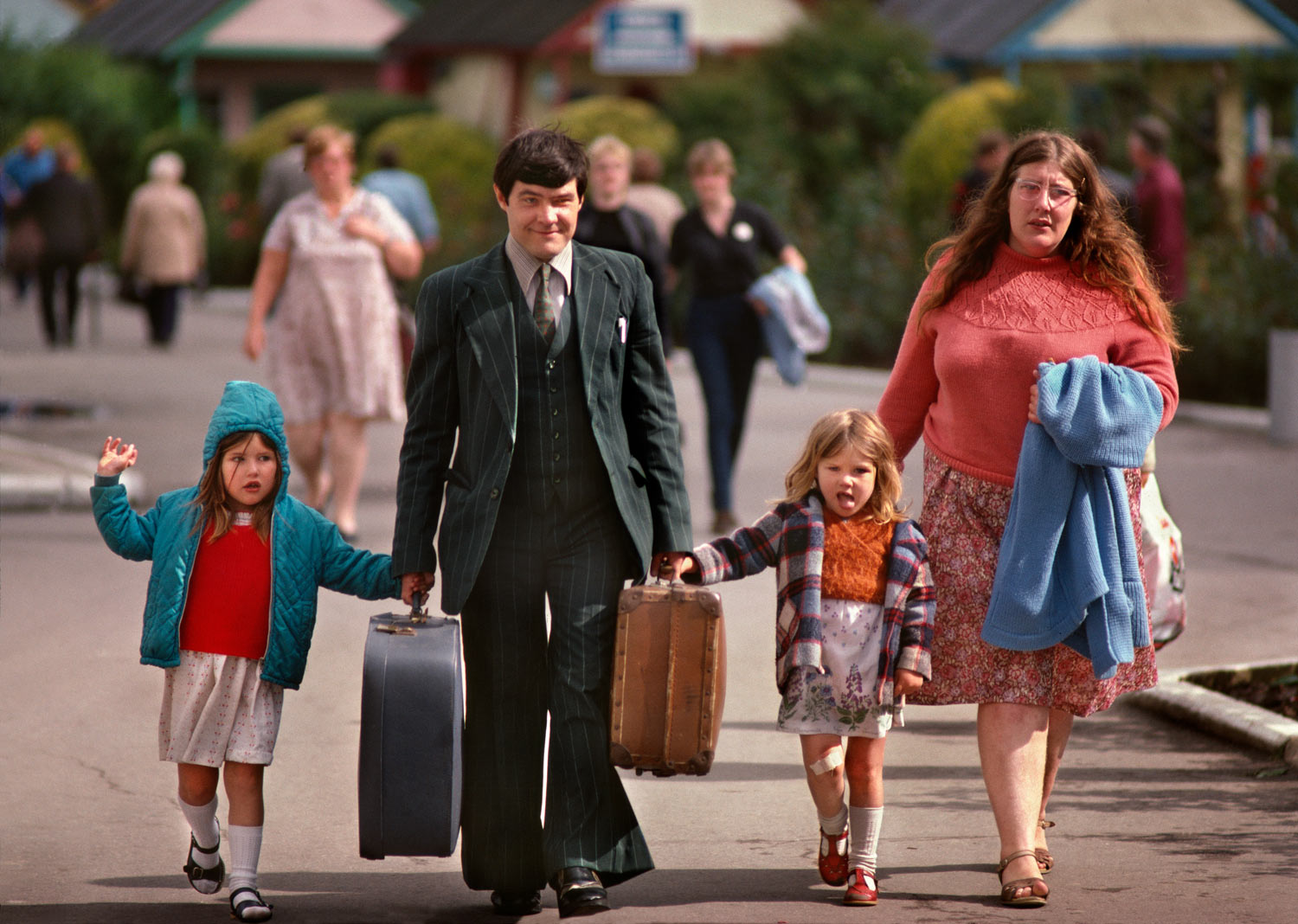 Butlin’s Holiday Camp 1982 is out now on Hoxton Mini Press.
Butlin’s Holiday Camp 1982 is out now on Hoxton Mini Press.
Enjoyed this article? Like Huck on Facebook or follow us on Twitter.
You might like

Jake Hanrahan: “Boys can cry, but we don’t all fucking want to”
Hard Feelings — In the latest edition of our column on masculinity and fatherhood, Rob Kazandjian speaks to the conflict filmmaker-journalist and Popular Front founder about his childhood, the found family and community at his Muay Thai gym, and the “complete counterculture” of ‘no rules’ fighting.
Written by: Robert Kazandjian

Euphoric portraits of queer joy and resistance at Trans Pride Brighton
Let us piss — Now over a decade old, the event grew to become Europe’s largest trans pride march. In a year when trans rights have come under the microscope more than ever, we went to this year’s edition, finding grassroots unity and collective rage.
Written by: Ella Glossop

Remembering the radical anti-nuclear Greenham Women’s Peace Camp
Life at the Fence — In the early ’80s, a women’s only camp at an RAF site in Berkshire was formed to protest the threat of nuclear arms. Janine Wiedel’s new photobook revisits its anti-establishment setup and people.
Written by: Miss Rosen

A new documentary traces the rise, fall and cratering of VICE
VICE is broke — Streaming on MUBI, it’s presented by chef and filmmaker Eddie Huang, who previously hosted travel and food show Huang’s World for the millennial media giant.
Written by: Ella Glossop

Warm, tender photos of London’s amateur boxing scene
Where The Fire Went — Sana Badri’s new photobook captures the wider support networks and community spirit around the grassroots sport, as well as the significance of its competitions to the athletes who take part.
Written by: Isaac Muk

We are all Mia Khalifa
How humour, therapy and community help Huck's latest cover star control her narrative.
Written by: Alya Mooro

